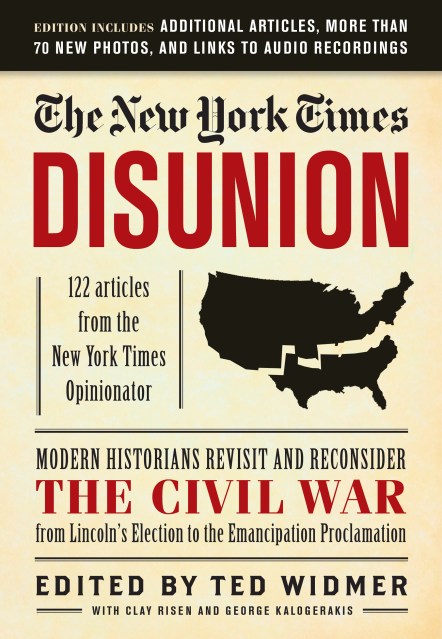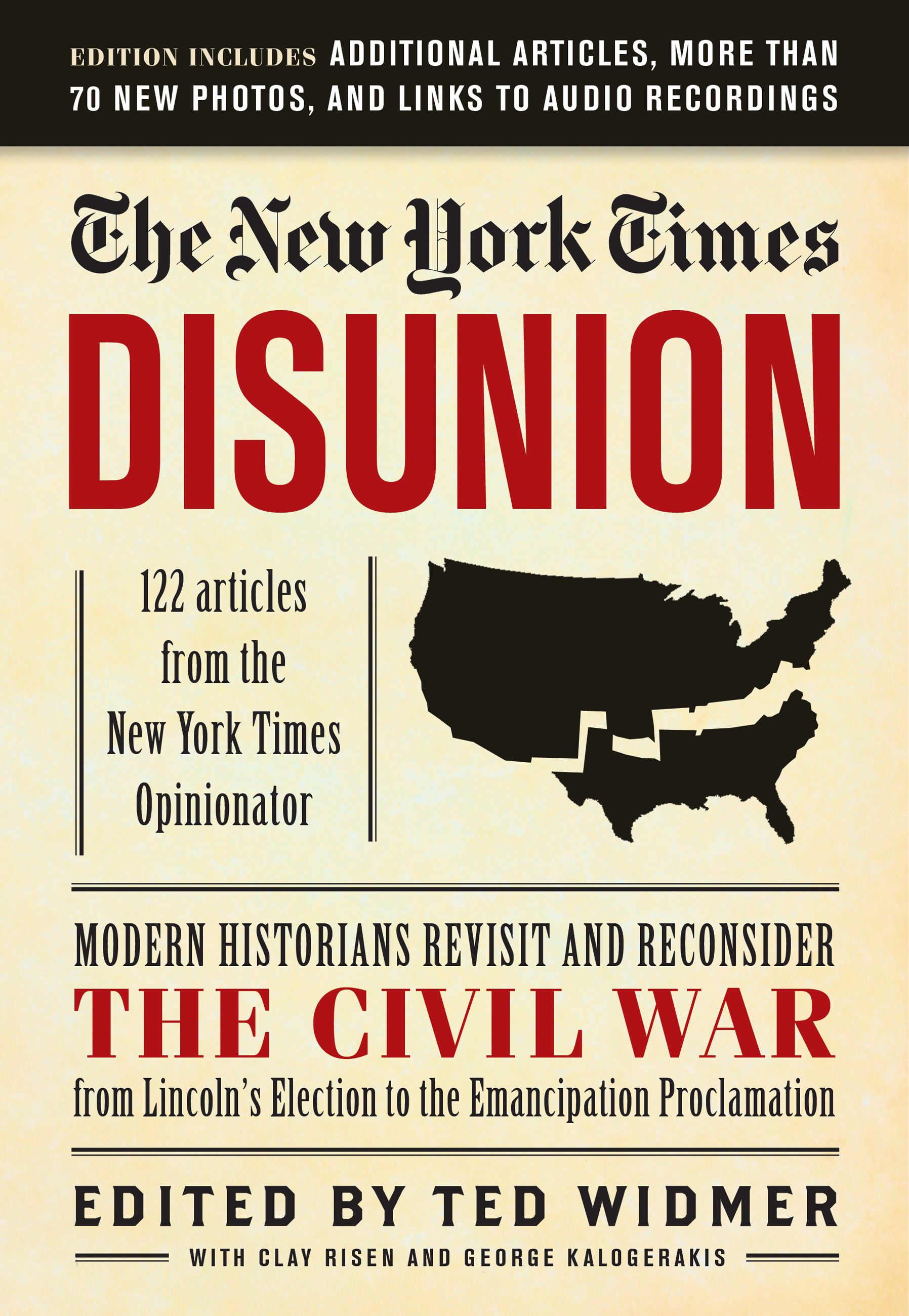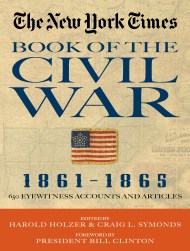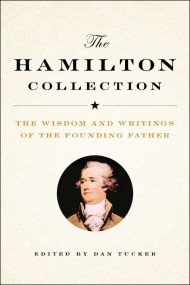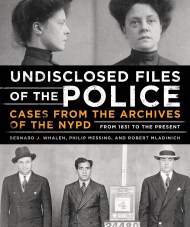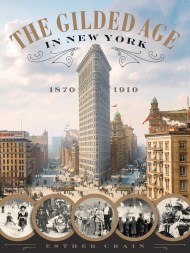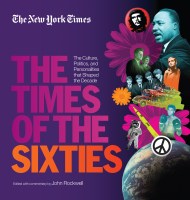Promotion
Use code MOM24 for 20% off site wide + free shipping over $45
New York Times: Disunion
Modern Historians Revisit and Reconsider the Civil War from Lincoln's Election to the Emancipation Proclamation
Contributors
Edited by Ted Widmer
With Clay Risen
With George Kalogerakis
Formats and Prices
Price
$13.99Price
$17.99 CADFormat
Format:
- ebook $13.99 $17.99 CAD
- Hardcover $27.95 $33.95 CAD
This item is a preorder. Your payment method will be charged immediately, and the product is expected to ship on or around June 11, 2013. This date is subject to change due to shipping delays beyond our control.
Also available from:
Since its debut, The New York Times’ acclaimed web journal entitled ‘Disunion’ has published hundreds of original articles and won multiple awards, including “Best History Website” from the New Media Institute and the History News Network. Following the chronology of the secession crisis and the Civil War, the contributors to Disunion, who include modern scholars, journalists, historians, and Civil War buffs, offer contemporary commentary and assessment of the Civil War as it unfolded chronologically.
Now, this commentary has been gathered together and organized in one volume. In The New York Times: Disunion, historian Ted Widmer has curated more than 100 articles that span events beginning with Lincoln’s presidential victory through the Emancipation Proclamation. Topics include everything from Walt Whitman’s wartime diary to the bloody guerrilla campaigns in Missouri and Kansas. Esteemed contributors include William Freehling, Adam Goodheart, and Edward Ayers, among others.
The book also compiles new essays that have not been published on the Disunion site by well-known historians such as David Blight, Gary Gallagher, and Drew Gilpin Faust. Topics include the perspective of African-American slaves and freed men on the war, the secession crisis in the Upper South, the war in the West (that is, past the Appalachians), the war in Texas, the international context, and Civil War-era cartography. Portraits, contemporary etchings, and detailed maps round out the book.
Genre:
-
From the annals of the New York Times Opinionator column and timed to coincide with the 150th anniversary of the Battle of Gettysburg, Brown University historian Widmer has pieced together a selection for readers both mildly and deeply interested in the Civil War. Did you know that four slave-holding states remained in the Union after the Civil War began? That President Lincoln was elected without a single electoral vote from the South? Or that West Virginia came into existence when the western part of Virginia "seceded from secession"? Tidbits like these populate pages culled from brief essays in the paper's online column, and the book's format allows for smaller, captivating stories to be told?the kind that are often over-looked in epic histories?like Lincoln's last visit with his step-mother or how Nick Biddle, an African-American servant to a captain in the Union Army, might have been the first to shed blood in hostility during the war. Well-known historians such as Ken Burns, Stephanie McCurry and Adam Goodheart are all represented in this absorbing and important series. B&W photos.
- On Sale
- Jun 11, 2013
- Page Count
- 464 pages
- Publisher
- Black Dog & Leventhal
- ISBN-13
- 9781603763295
Newsletter Signup
By clicking ‘Sign Up,’ I acknowledge that I have read and agree to Hachette Book Group’s Privacy Policy and Terms of Use
